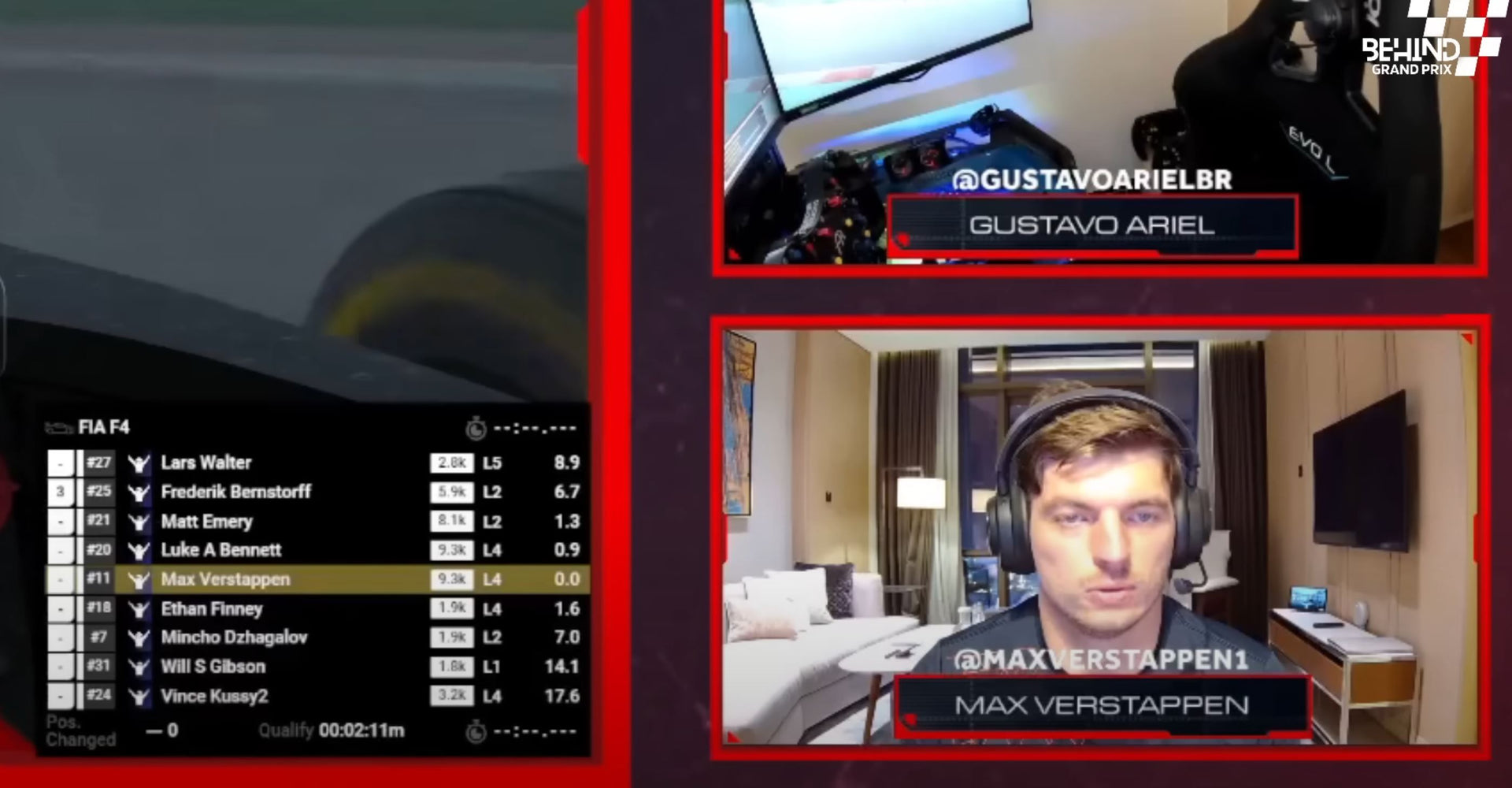Titel: Von der virtuellen Welt zur Realität: Wie Simracing Rennträume in der realen Welt entfacht
Einführung:
Im Motorsport entsteht eine neue Generation von Rennfahrern, die nicht vom Geruch verbrannten Gummis auf der Strecke, sondern von den Pixeln der virtuellen Realität angetrieben werden. Simracing, einst als Nischenhobby im digitalen Bereich betrachtet, hat sich schnell zu einem legitimen Einstiegspunkt für aufstrebende Rennfahrer in die reale Motorsportwelt entwickelt. Dieser Wandel ist nicht nur ein Beweis für den technologischen Fortschritt, sondern auch für den tiefgreifenden Einfluss virtueller Rennplattformen auf die Förderung und Verfeinerung der Fähigkeiten zukünftiger Renntalente.
Der Aufstieg des Simracing:
Simracing, die Kunst des Rennens in einer simulierten Umgebung mit spezieller Hard- und Software, hat in den letzten Jahren exponentiell an Popularität gewonnen. Mit dem Aufkommen von High-Fidelity-Simulatoren wie iRacing, Assetto Corsa und Gran Turismo können virtuelle Rennfahrer den Nervenkitzel realer Rennen bequem von zu Hause aus erleben. Was einst als bloßer Zeitvertreib für Gaming-Enthusiasten abgetan wurde, ist heute ein ernsthaftes Trainingsgelände für aufstrebende Rennfahrer, die ihre Fähigkeiten verbessern und in die wettbewerbsorientierte Welt des Motorsports einsteigen möchten.
Übergang von Pixeln zum Bürgersteig:
Einer der bemerkenswertesten Aspekte des Simracings ist seine Fähigkeit, die Lücke zwischen virtuellem und realem Rennsport zu schließen. Es gibt zahlreiche Beispiele von Fahrern, die den Sprung von der virtuellen auf die reale Rennstrecke erfolgreich gemeistert haben. Dies beweist, dass sich im digitalen Bereich kultiviertes Talent tatsächlich in der physischen Welt des Motorsports zum Erfolg umsetzen lässt.
Ein Beispiel dafür ist Max Verstappen , der herausragende Formel-1-Fahrer, der seine Rennfähigkeiten in der virtuellen Welt verfeinerte, bevor er sich auf der Weltbühne einen Namen machte. Verstappens Weg vom Dominanten der Simracing-Wettbewerbe zum jüngsten Formel-1-Rennsieger aller Zeiten ist ein Beweis für die Wirksamkeit von Simulatoren bei der Förderung von Nachwuchstalenten und der Wegbereitung zum professionellen Rennsport. Und auch jetzt noch ist er regelmäßig online unterwegs, sogar zwischen den Grand-Prix-Rennen.
Auch Lando Norris , eine weitere Sensation der Formel 1, führt seine frühen Erfolge im Kartsport auf die unzähligen Stunden zurück, die er in Simulatoren verbrachte, um sein Können zu verfeinern. Norris' nahtloser Übergang vom virtuellen Rennsport zum Podiumsplatz in der Formel 1 unterstreicht die symbiotische Beziehung zwischen Simracing und realem Motorsport, bei dem virtuelle Erfahrungen den Grundstein für den Erfolg in der realen Welt legen.
Über die Formel 1 hinaus hat Simracing auch Einfluss auf andere Motorsportdisziplinen. GT-Academy-Absolventen wie Lucas Ordóñez und Jann Mardenborough (bekannt aus dem Film „Gran Turismo“ ) haben gezeigt, wie viel Potenzial virtuelles Rennen bietet, um verborgene Talente zu entdecken und einen vielversprechenden Weg für eine professionelle Rennfahrerkarriere zu ebnen.
Simracing hat sich zu einer transformativen Kraft in der Welt des Motorsports entwickelt, die den Zugang zum Rennsport demokratisiert und aufstrebenden Talenten eine Plattform bietet, ihr Können unter Beweis zu stellen. Die Erfolgsgeschichten von Fahrern wie Max Verstappen, Lando Norris und anderen unterstreichen die zentrale Rolle von Simulatoren bei der Förderung und Verfeinerung der nächsten Generation von Rennsport-Superstars. Mit dem technologischen Fortschritt und der Weiterentwicklung virtueller Rennplattformen verschwimmen die Grenzen zwischen virtuellem und realem Rennsport immer mehr und ebnen den Weg für eine neue Ära des Motorsports, in der Talent keine Grenzen kennt.


